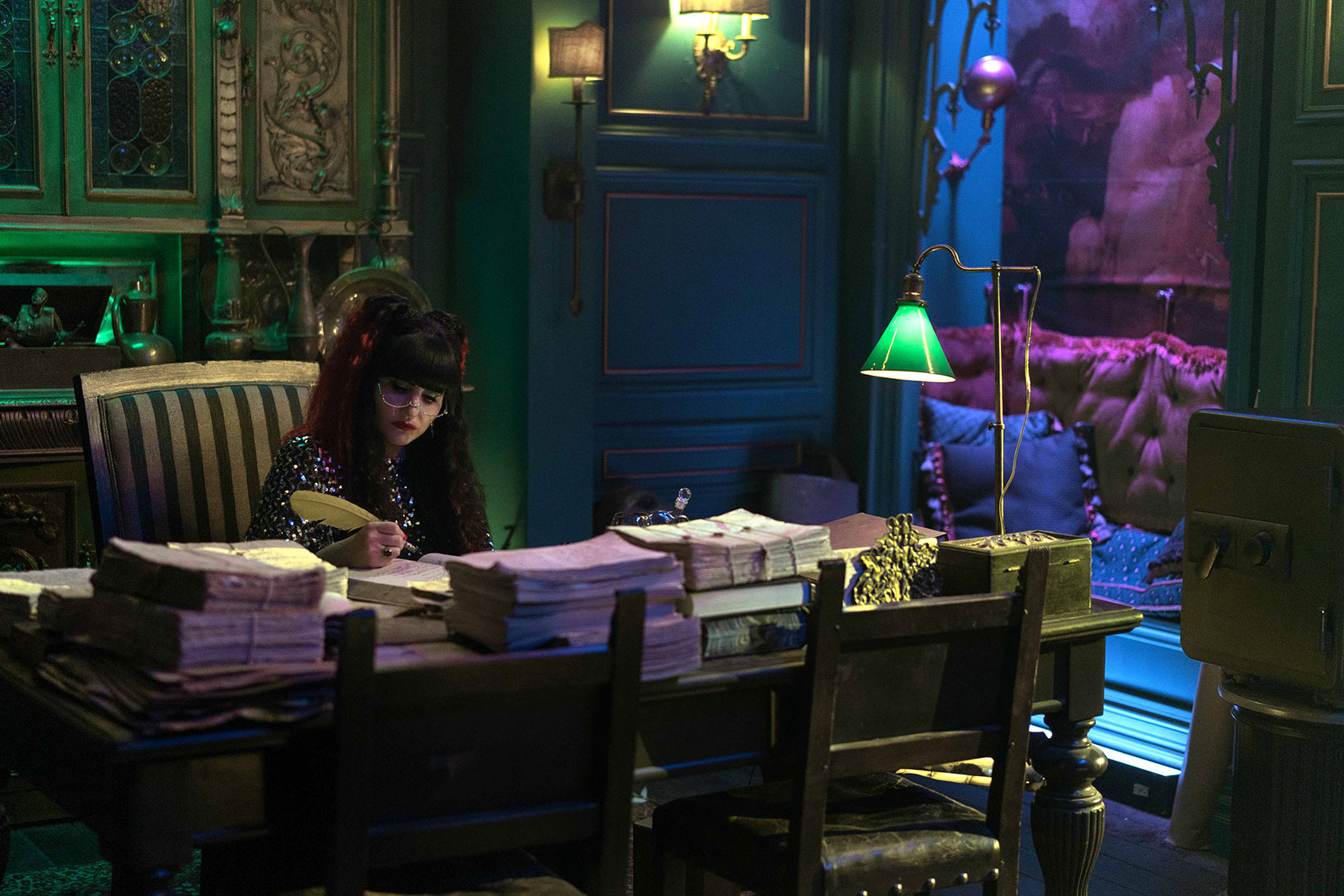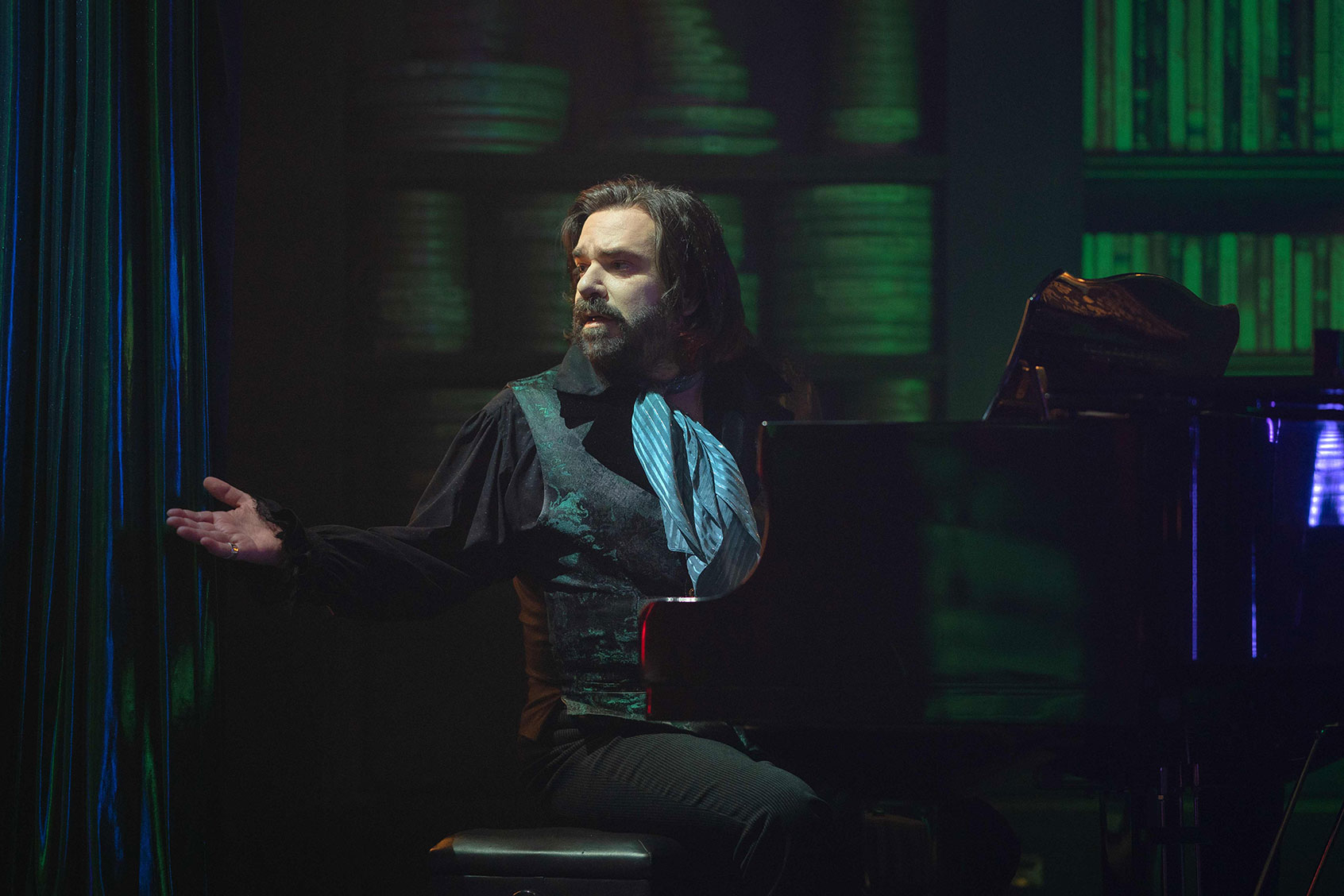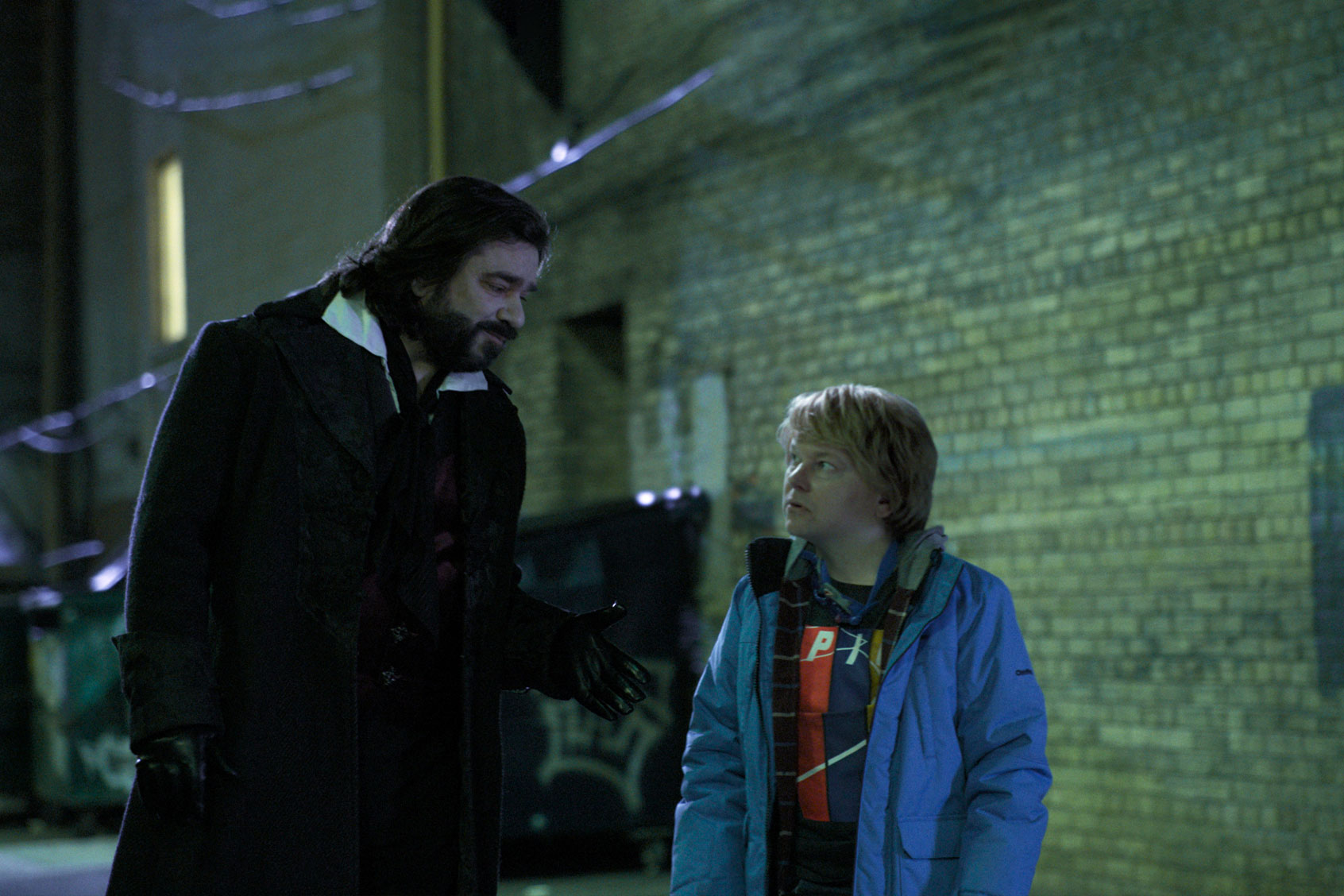Some of the most popular television at the moment has a weird lack of children.
“Virgin River,” for example, despite being set in a busy, populated town, has only one young child: Christopher, and the poor thing keeps getting kidnapped, a hazard of life on the Netflix show. It’s a beautiful, riverfront place, but the price to live there is a steady stream of trauma, being pregnant for longer than an elephant and not having any other kids around to play with once yours finally show up. Other shows like Netflix’s “Sweet Magnolias” give teenagers the same intense, drawn-out storylines as the adult characters, though they are not nearly as compelling.
But portrayals of kids that are both realistic and engaging are in short supply. Human form! “What We Do in the Shadows” has entered its fourth season in a cloud of smoke to present the best child on television. He’s not human and yet he’s all human.
Season 4 of “What We Do in the Shadows,” the FX show adapted from the 2014 film of the same name, finds the vampires down a man. The conclusion of last season featured what seemed to be the end of Colin Robinson (Mark Proksch), a fan-favorite character who differed from his fanged roommates in that he was an energy vampire. According to one roommate – Laszlo (the always delightful Matt Berry), the best, most bombastic bisexual since perhaps Lord Byron – Colin came with the house, like a weird armoire too heavy to be moved.
Most children are just one missed snack away from goblin.
As an adult energy vampire, Colin worked an office job. He wore a lot of gray sweaters. He fed, not by sucking blood, but by sucking the life out of others through droning on in a monotonous voice, bringing up inane subjects and just in general, being a bore.
In last season’s finale, that humdrum life appeared to end. Shockingly, violently so. For a creature who had lived his life in tedium, he sure went out with a bloody bang. And like a pale phoenix, started again. Laszlo follows a blood trail to find a strange baby has emerged from the shell of dead Colin, a baby with Colin’s big face. As someone who has given birth, I really can’t think of a better way to describe it than “the child who crawled his way out of the abdomen of our dead friend.”
Though the character — baby Colin, creature that emerged: call him what you will — starts this season with a kind of uncanny valley appearance, his pint-sized body (played by several child actors) with Proksch’s face looking like a CGI, bobble-headed “Squid Game” doll, he morphs into a believable kid. Laszlo takes it upon himself to raise him. Nadja (Natasia Demetriou), Laszlo’s partner, wants nothing to do with the child, and can you blame her? She has a business to run and she never asked for motherhood.
 What We Do in the Shadows (Russ Martin/FX)Baby Colin truly starts to come into his own as he approaches tween age — or, as Nadja calls it, “that wild age.” This is when things start getting real. Colin pranks his older housemates. He has seemingly limitless energy, especially ironic given his energy vampire origins, and he zooms about the decrepit house, destroying things. One of his only hobbies is putting holes in the wall, personifying the imploding of your life once parenthood enters it like a bomb going off. The vampires complain that he doesn’t sleep during the day like them — but he also doesn’t seem to sleep during the night, either. Nandor says, “We try to distract him by buying him toys but he just breaks the toy and plays with the box. Which he then sets on fire.”
What We Do in the Shadows (Russ Martin/FX)Baby Colin truly starts to come into his own as he approaches tween age — or, as Nadja calls it, “that wild age.” This is when things start getting real. Colin pranks his older housemates. He has seemingly limitless energy, especially ironic given his energy vampire origins, and he zooms about the decrepit house, destroying things. One of his only hobbies is putting holes in the wall, personifying the imploding of your life once parenthood enters it like a bomb going off. The vampires complain that he doesn’t sleep during the day like them — but he also doesn’t seem to sleep during the night, either. Nandor says, “We try to distract him by buying him toys but he just breaks the toy and plays with the box. Which he then sets on fire.”
This is an extreme example. Except it isn’t, really. It’s difficult to convey just the precise chaos of parenthood, but the show does so with aplomb. It goes all in on the “child who crawled his way out of the abdomen of our dead friend” and in doing so, makes the viewer realize most children are just one missed snack away from goblin. At the start of one episode, child Colin rushes forward with a sword he’s found and smashes the screen, breaking our fourth wall. Quite literally.
At this point, my partner and I turned to look at each other, aghast at our actual lives as parents playing out in this vampire show. “One of the writers must have a tween,” I said.
Laszlo, the child’s de facto parent, dismisses his roommates’ concerns. When Nadja protests that the kid with his mysterious origins must be part demon, he waves her away like a divorced dad. “Nonsense. He’s all boy!” Boys will be boys, even ones that tear out of bodies, a lot more developed than newborns and with uncanny, adult-sized heads. Laszlo is convinced, like a proud and vaguely absent parent, that the child must be a genius, an artist.
 What We Do in the Shadows (Russ Martin/FX)But he’s all kid. Young Colin is put to work by stage mother Laszlo, who recognizes the kid has a spark of presence perhaps that he himself lacked (also: vampires just really love child stars). But little Colin interrupts his own set on stage when he thinks he sees other children in the crowd. They’re really vampires who are hundreds of years old, but Colin can’t help but pepper them with questions about his favorite YouTuber MrBeast and an episode with elephant toothpaste.
What We Do in the Shadows (Russ Martin/FX)But he’s all kid. Young Colin is put to work by stage mother Laszlo, who recognizes the kid has a spark of presence perhaps that he himself lacked (also: vampires just really love child stars). But little Colin interrupts his own set on stage when he thinks he sees other children in the crowd. They’re really vampires who are hundreds of years old, but Colin can’t help but pepper them with questions about his favorite YouTuber MrBeast and an episode with elephant toothpaste.
At this point, my partner and I turned to look at each other, aghast at our actual lives as parents playing out in this vampire show. “One of the writers must have a tween,” I said.
And that’s the case. Writer and producer Sam Johnson told Rolling Stone, “So much of what we have here is taken word-for-word from Paul [Simms]’ son Charlie, who is 10 and loves Legos. There’s a certain joy of a kid who is just so in love with something that he has no awareness of the people around him or what their interests might be.” Along with providing research for the show on Legos and Roblox, Charlie and Simms’ daughter Violet were responsible for the all-too realistic YouTube interjection: “They began saying, ‘You know what? You should also put in something about [YouTube stars] Mark Rober and MrBeast.’ And I’m like, ‘Guys, I can’t fit everything in.'”
In a house of ancient vampires, he was born only recently.
But they fit in a lot, including how young Colin becomes enamored with technology. His face glows for much of the episode “The Pine Barrens,” cast down into a screen. Adults use him to look up things. When Colin goes missing, he’s in a tree, playing with his technology.
How Colin disappears into his screens also exemplifies the young character’s deep loneliness. It’s typical of tweens to have intense, conflicting and changing feelings, but Colin is largely separated from peers (one of the reasons Laszlo tries, unsuccessfully, to enroll him in a fancy private school). He’s even more adrift. In a house of ancient vampires, he was born only recently. He has the seemingly innate clue into new technology that the adult vampires lack, but it’s no substitute for friends, for real kid life, even if he isn’t actually a kid. He’s still the best, most realistic example on television we have and by being so, Colin makes parents feel seen.
Want a daily wrap-up of all the news and commentary Salon has to offer? Subscribe to our morning newsletter, Crash Course.
As tweens, kids are on the knife edge of change, walking that border — sometimes not well or very equally — between childhood and adolescence. Then so quickly: adulthood. Tween Colin exemplifies this. Sure, his quickly growing weird genesis serves as a metaphor for childhood (they grow up so fast!). But more than that, kid Colin is real and a real lesson: do your research. It pays off in the creation of character.
And give those showrunner kids a raise.
“What We Do in the Shadows” airs Tuesdays at 10 p.m. on FX and streams on Hulu.

